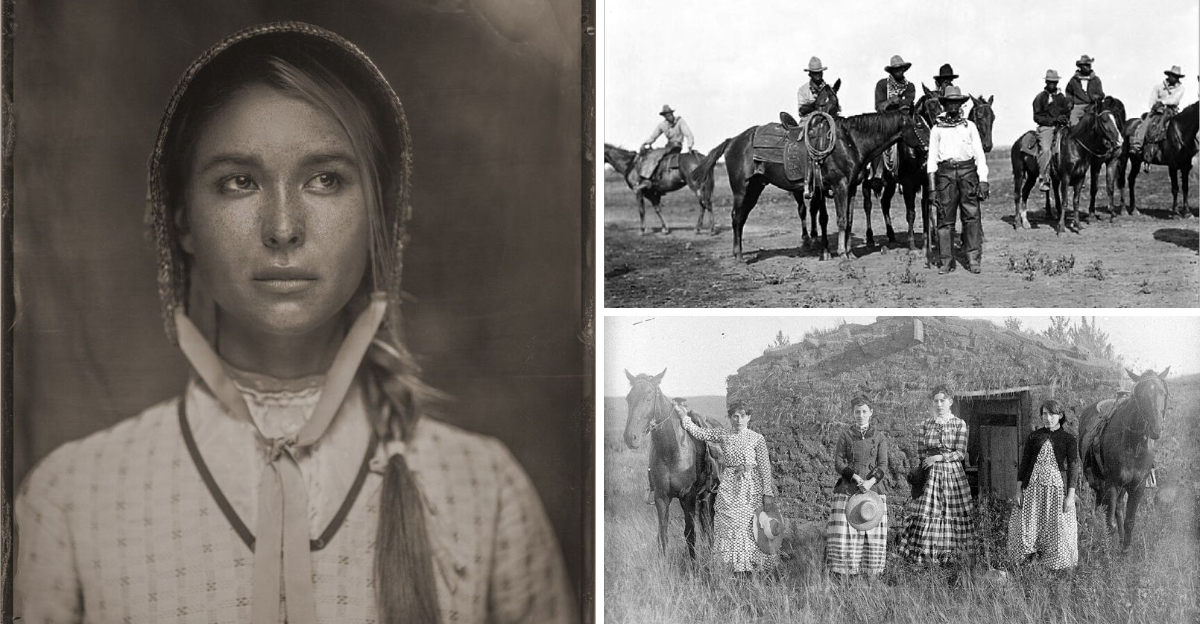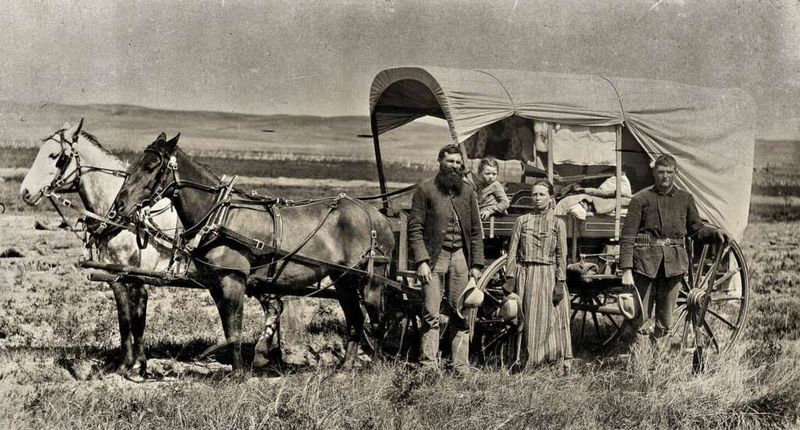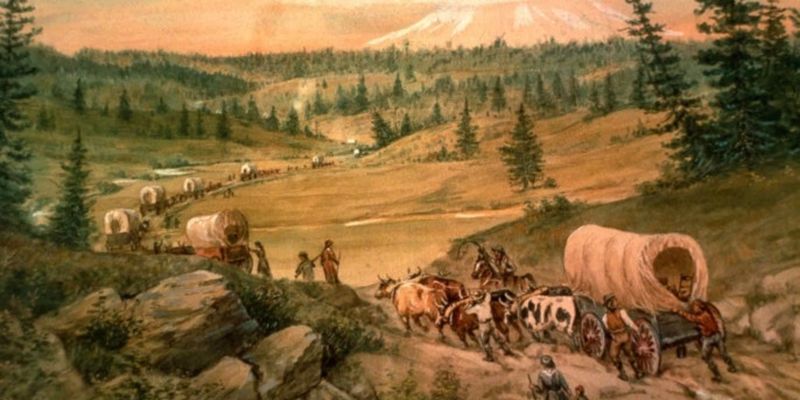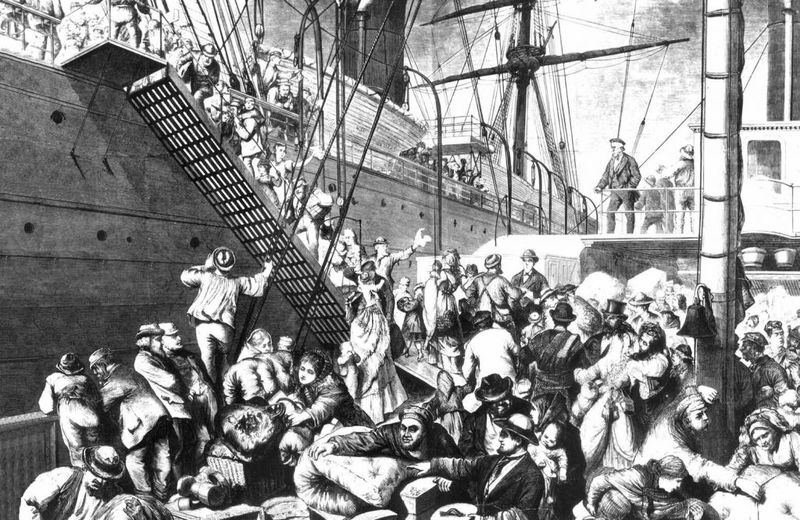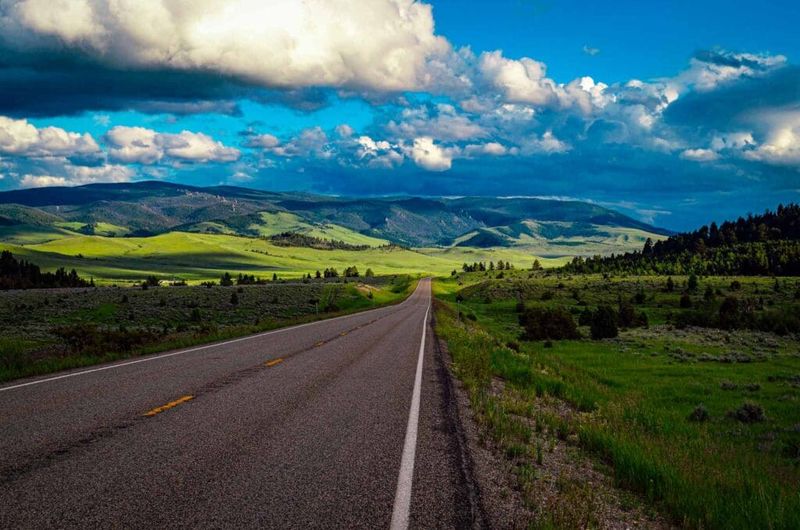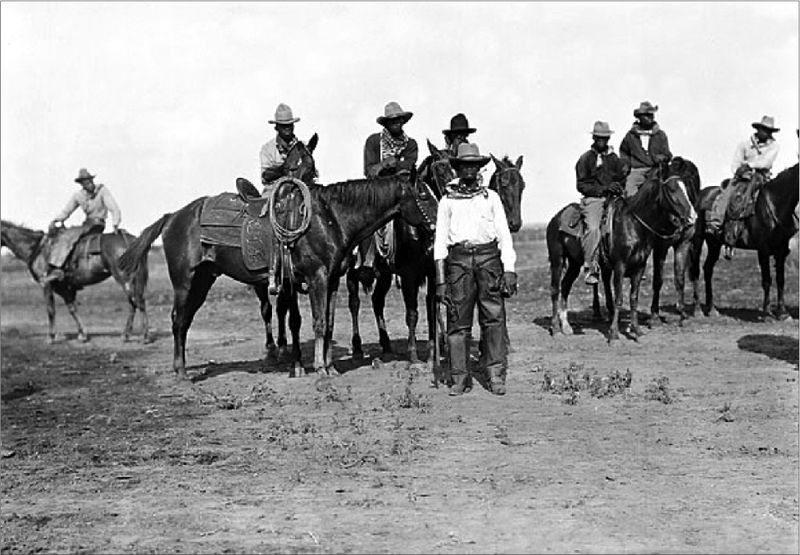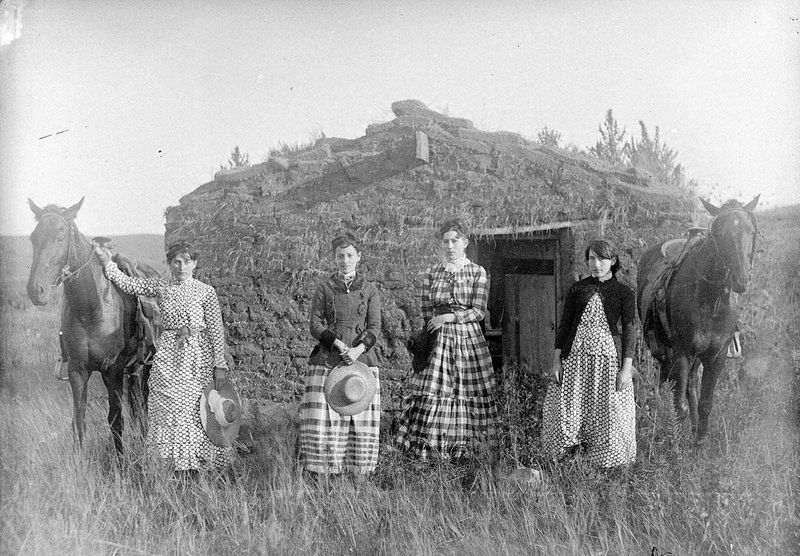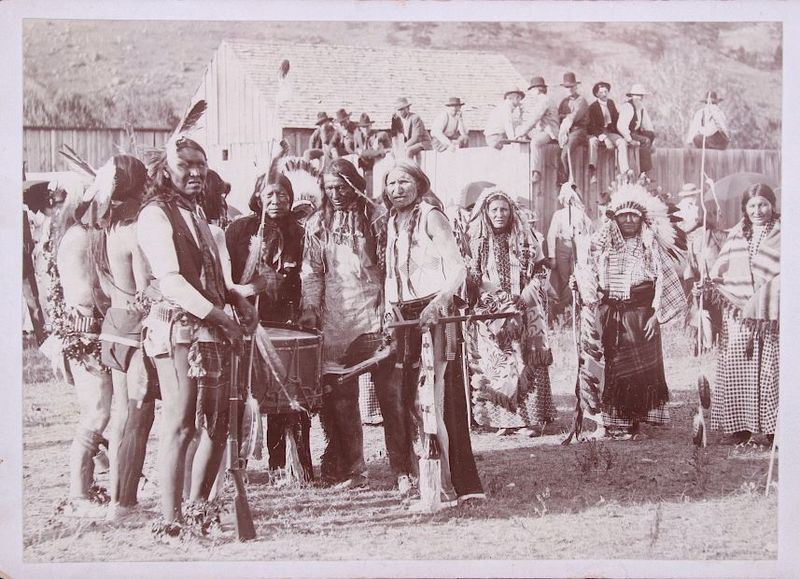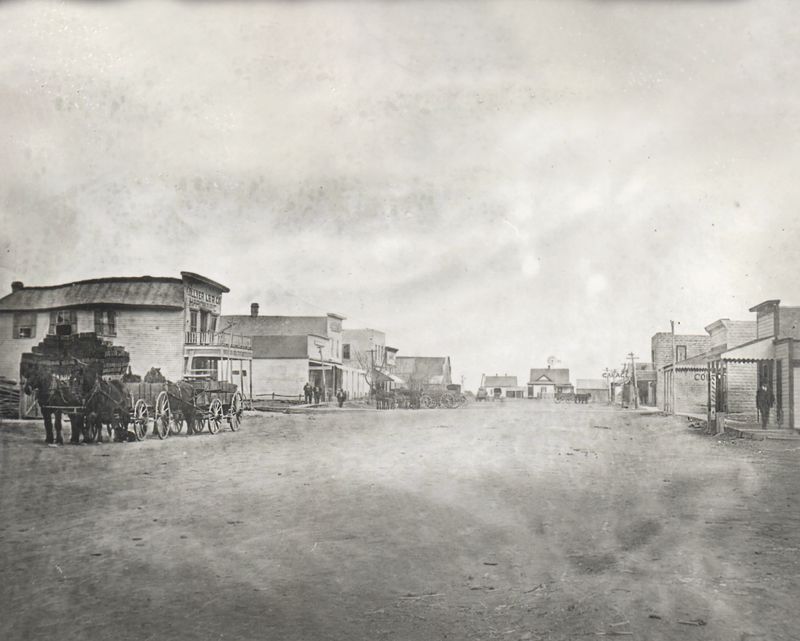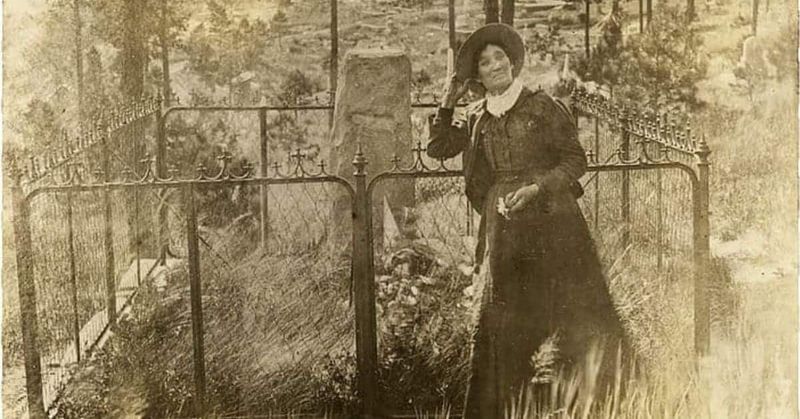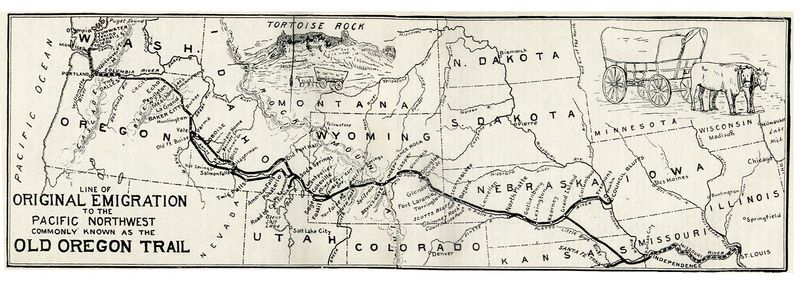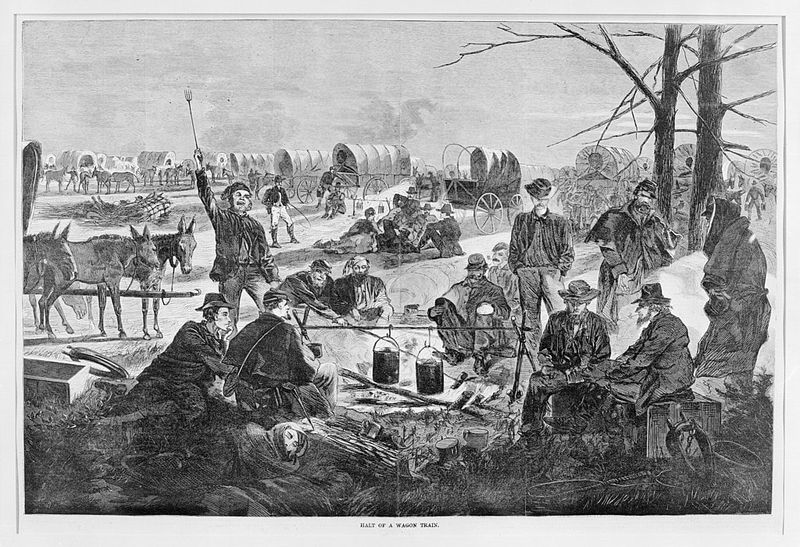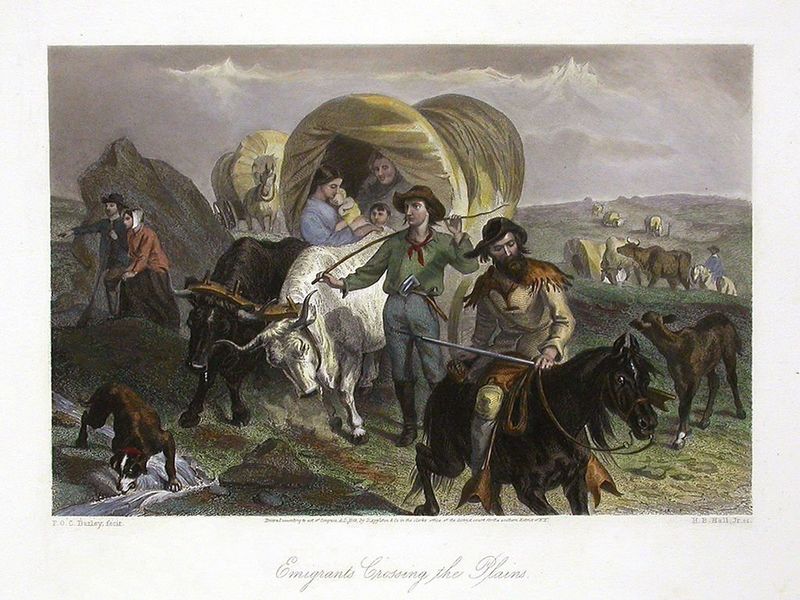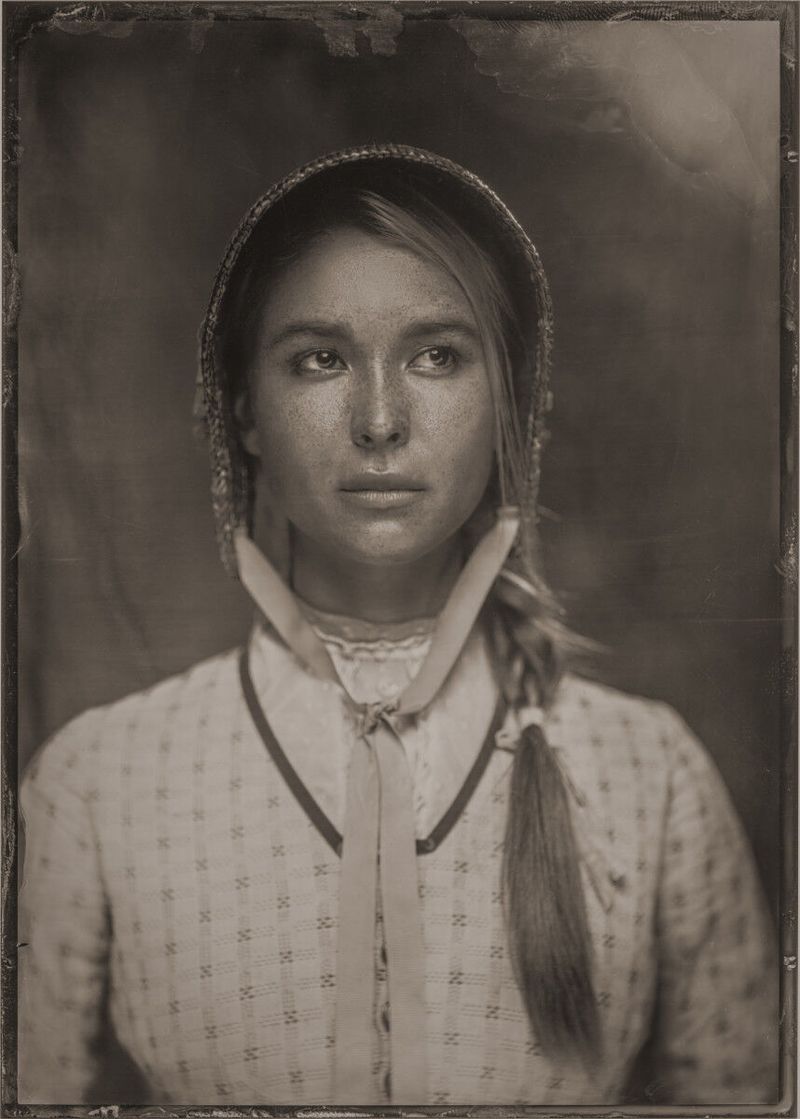The hit series 1883 has captivated viewers with its gritty portrayal of westward expansion in post-Civil War America. As the Dutton family’s origin story unfolds across the frontier, many wonder how much of what we’re seeing actually happened.
While creator Taylor Sheridan clearly did his homework, the show blends historical fact with dramatic fiction. Let’s separate the authentic historical elements from the Hollywood embellishments.
1. Westward Migration Was Absolutely Real
Following the Civil War, thousands of families packed their belongings into wagons and headed west seeking fresh starts and free land. The Homestead Act of 1862 offered 160 acres to anyone willing to settle and farm it for five years – a tempting proposition for war-weary Americans and new immigrants alike.
Wagon trains formed natural communities for protection and assistance during the arduous journey. Many travelers, like the fictional Duttons, sought Montana’s fertile valleys and plains.
Fun fact: Between 1862 and 1934, the government granted 270 million acres – 10% of all U.S. lands – to homesteaders under this program!
2. Trail Life Was Brutally Unforgiving
Death lurked around every bend for real-life pioneers, just as it does in 1883. Cholera, dysentery, and typhoid fever swept through wagon trains with terrifying speed, while snake bites, broken limbs, and infected wounds often proved fatal without proper medical care.
River crossings claimed countless lives through drowning or losing vital supplies. Extreme weather – scorching heat, freezing blizzards, and violent storms – tested even the hardiest travelers.
The show’s high mortality rate isn’t exaggerated for drama. Historical records suggest one in ten pioneers died on western trails – graves marking the routes like grim milestones of human determination.
3. European Immigrants Traveled Together For Survival
The German immigrants portrayed in 1883 represent a historical reality. European newcomers often formed tight-knit traveling groups, pooling resources and knowledge while maintaining cultural connections far from home. Language barriers made these arrangements practical necessities.
Guides who spoke both English and immigrant languages commanded premium wages. Many European immigrants brought farming expertise but lacked frontier survival skills, creating vulnerability that unscrupulous guides sometimes exploited.
Census data confirms that by 1890, over 15% of Montana’s population was foreign-born, with Germans forming one of the largest immigrant groups – exactly as portrayed in the Yellowstone prequel series.
4. Breathtaking American Landscapes Captured Authentically
When Sam Elliott’s character Shea Brennan gazes across vast prairies or rugged mountain passes, viewers are seeing landscapes remarkably similar to what 19th-century pioneers encountered. Filming locations in Texas, Montana, and other western states preserve the geographical authenticity that makes 1883 visually compelling.
The production team deliberately chose locations minimally impacted by modern development. Pioneer routes followed natural features – rivers, mountain passes, and valleys – many of which remain recognizable today.
The show’s magnificent cinematography captures the overwhelming scale of the American West that both inspired and intimidated actual settlers during this pivotal period in American expansion.
5. Cowboy Culture and Cattle Drives Defined an Era
Cowboys weren’t just mythical figures – they formed the backbone of America’s cattle industry after the Civil War. The characters of Shea Brennan and Thomas represent the real trail bosses and cattle drivers who managed the movement of massive herds across unforgiving terrain.
These men developed specialized skills: tracking, shooting, roping, and surviving in harsh conditions. Their Colt revolvers and Winchester rifles weren’t fashion accessories but essential tools for protection against bandits and predators.
The legendary cattle drives from Texas to northern markets created an entire culture, complete with its own language, clothing style, and code of conduct that 1883 faithfully recreates in its portrayal of these tough, pragmatic men.
6. Women Faced Extraordinary Frontier Challenges
Elsa Dutton’s character may be fictional, but her experiences mirror those of countless real women who braved the western frontier. Female pioneers endured physical hardships while navigating strict gender expectations that limited their autonomy and opportunities.
Women’s diaries from the period describe exhausting daily routines: cooking over open fires, washing clothes in rivers, giving birth in wagon beds, and burying children along the trail. Despite these burdens, many women found unexpected freedom in frontier life.
Historical records show that western territories granted women voting rights decades before the 19th Amendment, recognizing their essential contributions to settlement and community-building in ways the show subtly acknowledges.
7. Native American Portrayals Show Welcome Complexity
The relationship between settlers and Indigenous peoples in 1883 reflects a more nuanced understanding than typical Western genre stereotypes. The show presents Native Americans as diverse individuals with complex motivations rather than monolithic obstacles to white settlement.
Historical records confirm that interactions between pioneers and Native tribes ranged from violent conflict to trade partnerships and occasional alliances. By 1883, many tribes had been forcibly relocated to reservations, creating the tension portrayed in border regions.
The Lakota and Comanche characters speak their actual languages and demonstrate authentic cultural practices – a historical accuracy often missing from earlier Western depictions that reduced Native Americans to simplistic caricatures.
8. Confederate Veterans Sought New Beginnings Out West
James Dutton’s backstory as a Confederate soldier who heads west mirrors a significant historical pattern. After the Civil War, thousands of former Confederate soldiers and families left the devastated South seeking economic opportunities and escape from Reconstruction policies.
Montana territorial records show numerous ex-Confederates among early settlers. These men brought military skills valuable for frontier survival but also carried psychological and physical war wounds – exactly as portrayed in Tim McGraw’s character.
Some historical accounts suggest former Confederate and Union soldiers sometimes found common ground in western territories, setting aside past conflicts to face new challenges – a theme 1883 explores through James Dutton’s complex relationships with other veterans.
9. Death and Trauma Were Constant Companions
The psychological toll of frontier life depicted in 1883 – particularly through Sam Elliott’s grief-stricken Shea Brennan – accurately reflects historical realities. PTSD wasn’t diagnosed yet, but journals from the era describe symptoms we now recognize as trauma responses.
Death was an everyday occurrence, with families losing multiple children to disease and accidents. One Montana cemetery study found 60% of graves from this period belonged to individuals under 18 years old.
Mourning rituals traveled west with settlers, with black armbands and preserved locks of hair serving as physical reminders of loved ones lost along the journey – subtle details the show incorporates into its emotional storytelling.
10. Journey Timeline Stretches Historical Reality
Here’s where 1883 takes creative liberties with history. The Dutton family’s relatively quick journey from Texas to Montana would have been nearly impossible in reality. Most historical wagon trains averaged just 15-20 miles per day under ideal conditions.
Weather delays, broken equipment, and rest periods for livestock meant the 1,500+ mile journey typically required 7-9 months, not the compressed timeline shown. Many settlers wintered in intermediate locations before continuing their journey.
Historical records from the Northern Pacific Railroad, completed in 1883, show that even with faster transportation, most migrations happened in stages over several years – a much less dramatic pace than the show’s urgent narrative requires.
11. Bandit Attacks Were Dramatically Exaggerated
The frequent, chaotic bandit attacks in 1883 make for exciting television but overstate historical dangers. While robbery certainly occurred, well-organized wagon trains typically faced fewer violent confrontations than the show suggests.
Historical accounts indicate most wagon trains appointed armed guards and established defensive protocols. The majority completed their journeys without experiencing the dramatic shootouts that punctuate nearly every episode of the series.
Pioneers’ biggest threats came from nature, not humans – disease claimed 10 times more lives than violence on the Oregon and Montana trails. The show’s emphasis on human conflict reflects Hollywood’s need for dramatic tension more than historical patterns of danger.
12. Modern Language Slips Into Historical Dialogue
Sharp-eared history buffs might catch linguistic anachronisms that break the period immersion. Characters occasionally use phrases and expressions that wouldn’t emerge until decades later, revealing the challenge of writing authentic 19th-century dialogue for modern audiences.
Actual pioneer journals show more formal speech patterns, religious references, and period-specific idioms largely absent from the show. Slang terms evolved rapidly during this era, with regional variations that 1883 generally glosses over.
The show’s characters speak with a directness and emotional openness that, while dramatically effective, doesn’t always match the more reserved communication style documented in letters and diaries from the period – a concession to contemporary storytelling expectations.
13. Suspiciously Clean Pioneers Defy Frontier Realities
Perhaps the most glaring historical inaccuracy in 1883 appears in the impeccably maintained appearance of its characters – particularly Elsa Dutton. Real pioneers quickly discovered that maintaining cleanliness was nearly impossible on the trail.
Historical accounts describe pioneers wearing the same clothes for weeks or months, with limited opportunities for washing. Water was precious, often reserved for drinking and cooking rather than bathing. By contrast, Elsa’s flowing locks remain remarkably styled even after weeks of hard travel.
Pioneer women typically wore practical, durable clothing that showed significant wear – not the relatively fashionable and clean outfits often seen in the series. This Hollywood glamorization makes characters more appealing but less historically authentic.
